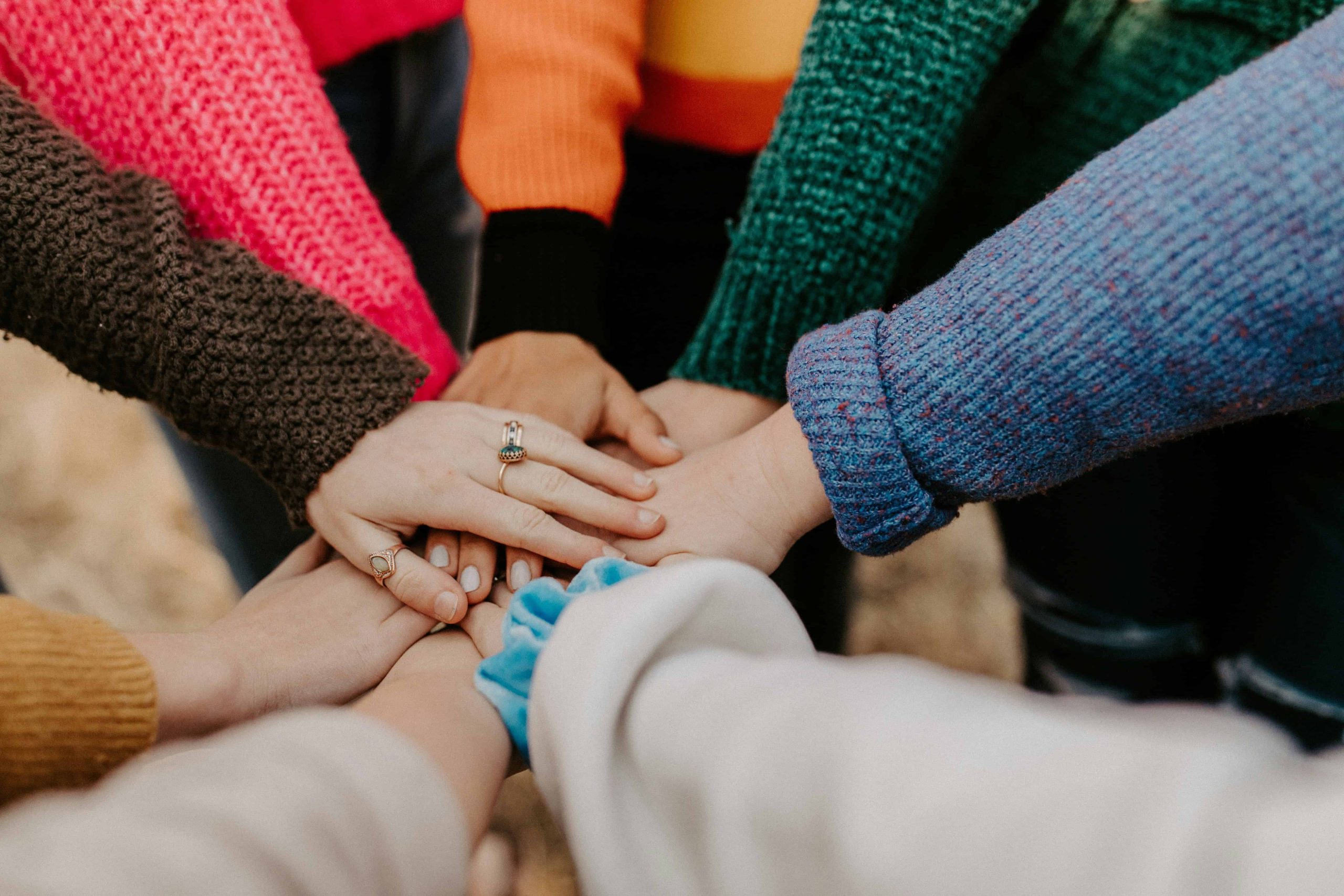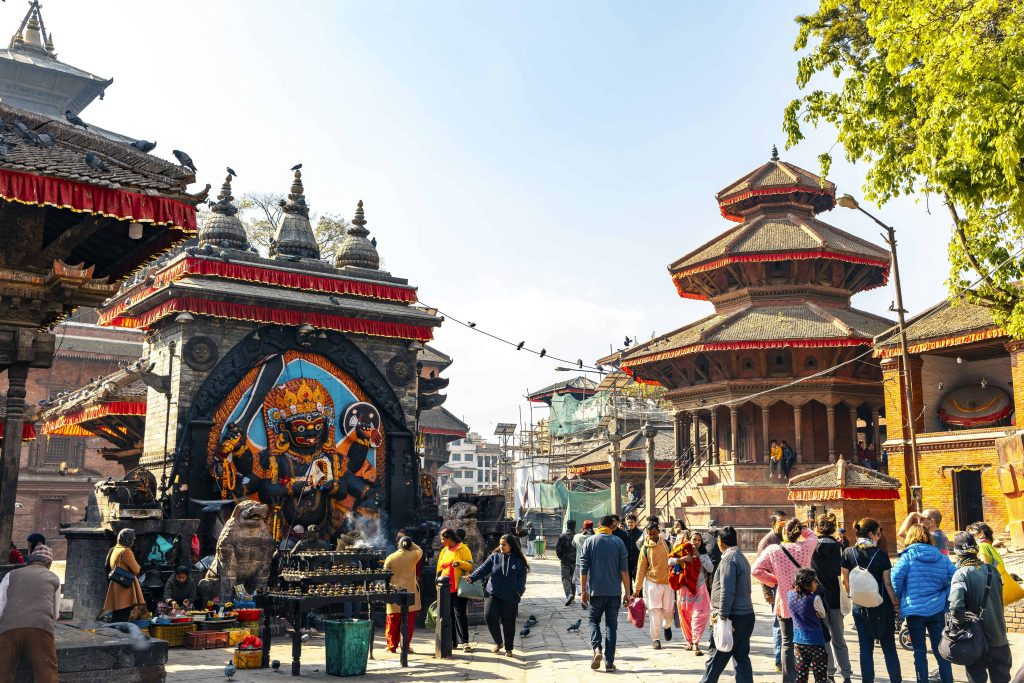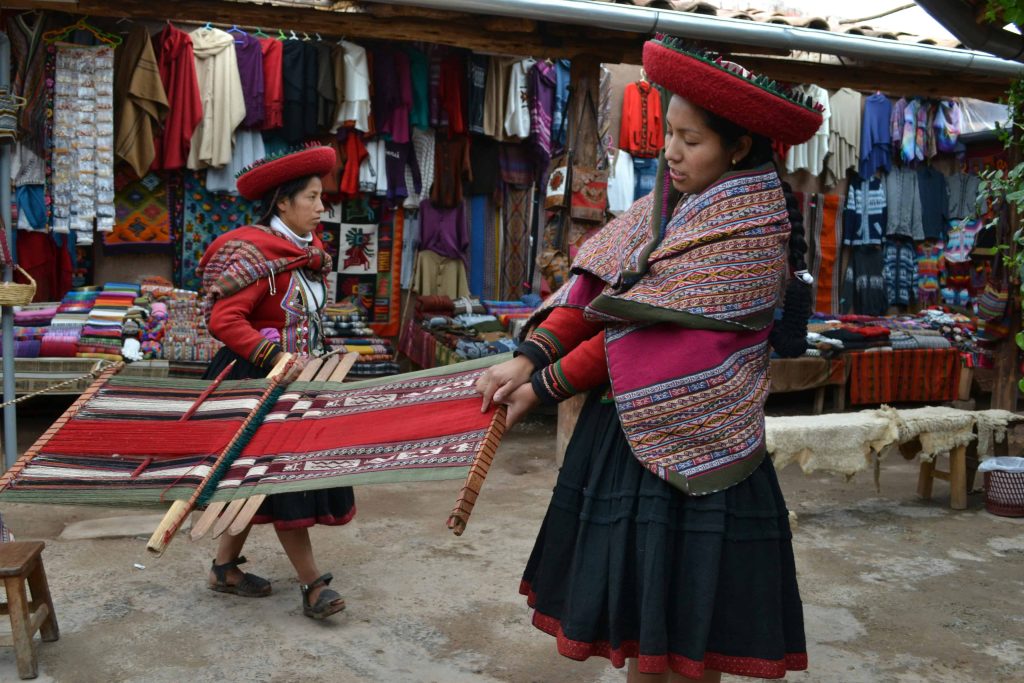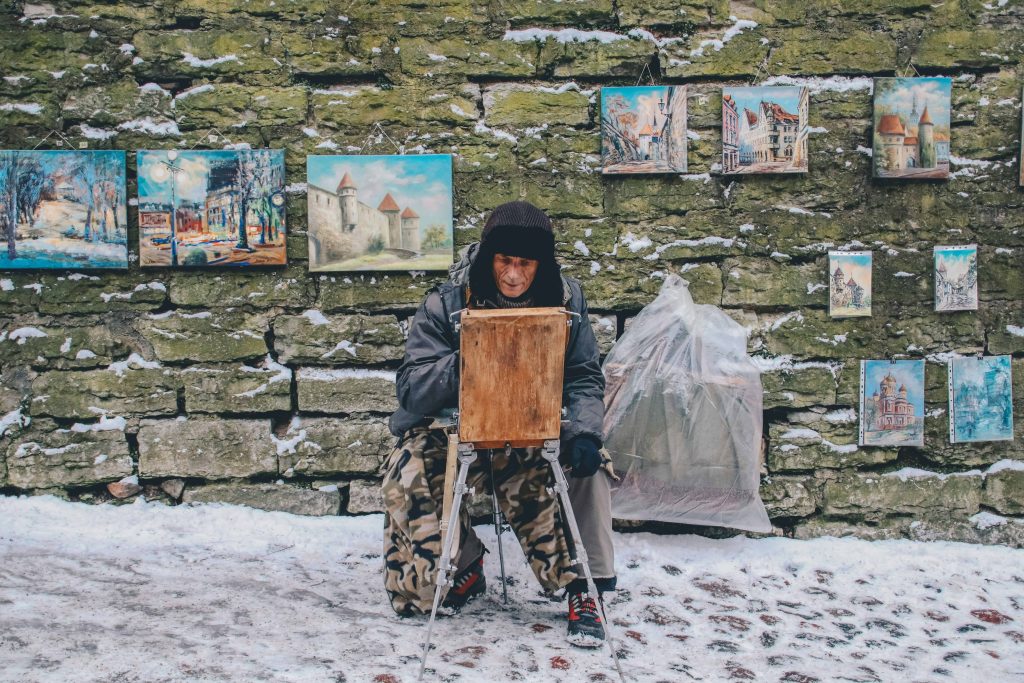
04 Sep Cultural Exchange Through Indigenous Art
Cultural Exchange Through Indigenous Art: Embracing Diversity and Understanding
Indigenous art serves as a vibrant tapestry of cultural expression, intricately woven with traditions, stories, and profound symbolism. It serves as more than just a means of artistic expression; it’s a profound connection to heritage, embodying the resilience and spirit of Indigenous communities worldwide. Through its diverse forms, from intricate beadwork to sweeping landscapes, Indigenous art transcends boundaries, fostering cultural exchange and promoting understanding across societies. Each piece is a testament to the rich tapestry of human experience, inviting viewers to delve into the depths of history and tradition.

Indigenous Art as a Language
Indigenous art, a tapestry of expression, traverses linguistic confines with its myriad forms: painting, sculpture, textiles, and beyond. Each brushstroke, carve, and weave embodies layers of symbolism, drawing from ancestral lore and spirituality. Embedded within this artistry lies a narrative of profound reverence for nature, echoing an intricate bond cultivated over generations. Through these creative conduits, Indigenous cultures echo their symbiotic rapport with the earth, mirroring an interwoven tapestry of tradition and innovation and inviting viewers to explore the depths of their heritage.

Indigenous Art and Cultural Exchange
Art, a universal language, acts as a conduit for cultural exchange, breaking down barriers and nurturing empathy. Indigenous artists globally partake in collaborative initiatives, melding traditions and narratives to both enrich their craft and disseminate their cultural legacy. Museums and exhibitions stand as vital arenas for this discourse, amplifying Indigenous voices and fostering intercultural dialogue. Through these platforms, Indigenous art transcends geographical confines, igniting discussions on diversity and interconnectedness. By embracing the diverse tapestry of human expression, art paves the way for mutual understanding and collective appreciation of our shared humanity.

The Impact of Indigenous Art
Indigenous art emerges as a dynamic force propelling societal transformation, shedding light on pressing contemporary challenges confronting Indigenous societies. It stands not only as a means of preserving cultural heritage but also as a beacon of empowerment, enabling Indigenous communities to assert their identities amidst a backdrop of historical oppression. Furthermore, by showcasing the vibrant spectrum of Indigenous creativity, society broadens its understanding of diversity, nurturing a collective ethos of inclusivity and equity. In celebrating Indigenous artistic narratives, we embark on a journey towards a more enlightened and harmonious global community.

Conclusion
Your exploration of Indigenous art beautifully articulates its significance as a vehicle for cultural exchange, understanding, and empowerment. As you eloquently depict, Indigenous art transcends mere aesthetic expression, serving as a profound language that communicates traditions, spirituality, and the complex relationship between humans and nature. Through collaborative initiatives and platforms like museums, it fosters dialogue, enriching our understanding of diversity and interconnectedness. By celebrating Indigenous artistic narratives, we not only preserve cultural heritage but also embark on a journey towards a more inclusive and equitable global community, enriched by the diverse tapestry of human expression.
Key Takeaways
- Indigenous Art as Cultural Expression: Indigenous art is a vibrant expression of cultural heritage, embodying traditions, stories, and symbolism that transcend boundaries.
- Art as a Universal Language: Through various forms like painting and sculpture, Indigenous art communicates ancestral lore and spirituality, fostering empathy and understanding.
- Cultural Exchange and Collaboration: Indigenous artists engage in collaborative initiatives globally, enriching their craft and disseminating cultural legacies, fostering intercultural dialogue.
- Empowerment and Societal Impact: Indigenous art empowers communities, asserting identities and addressing contemporary challenges, while also broadening society’s understanding of diversity and inclusivity.
- Journey Towards a Harmonious Global Community: By celebrating Indigenous art, we embark on a path towards a more enlightened and inclusive global community, enriched by the diverse tapestry of human expression.
FAQs
What defines Indigenous art, and why is it significant?
Indigenous art embodies cultural heritage, resilience, and spirituality, transcending mere aesthetic expression. Each piece carries deep symbolism drawn from ancestral lore, reflecting a profound connection to nature and tradition.
How does Indigenous art promote cultural exchange and understanding?
Indigenous art serves as a universal language, fostering empathy and dialogue across boundaries. Through collaborative initiatives and exhibitions, it amplifies Indigenous voices, igniting discussions on diversity and interconnectedness.
What impact does Indigenous art have on society, particularly in addressing contemporary challenges?
Indigenous art empowers communities, sheds light on pressing issues, preserves cultural heritage, and fosters inclusivity. By celebrating Indigenous narratives, society broadens its understanding of diversity, paving the way for a more harmonious global community.
Get inspired by real-life success stories and case studies of artists who have successfully funded their projects through crowdfunding, and learn from their experiences.

